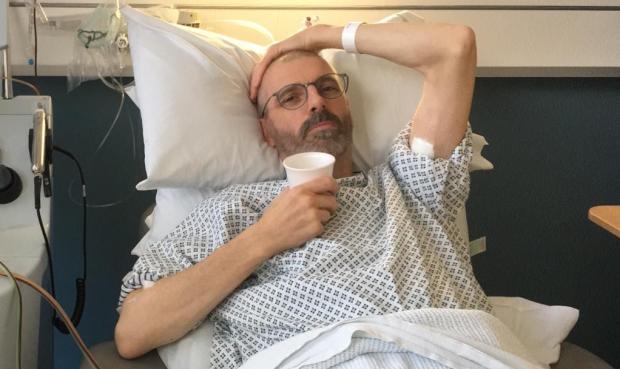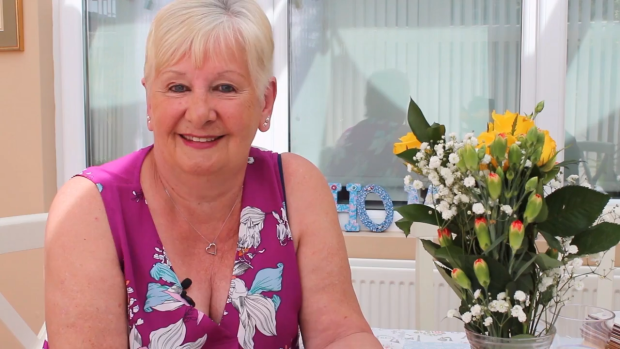Treatment for lymphoma
This section of our website is about treatment for lymphoma.
We have information covering getting ready for treatment (prehabilitation), different types of treatment, and remission (where there is no evidence of lymphoma in your body).
We have a separate information about lymphoma in children and young people.
Treatment planning

Your medical team plans the most appropriate treatment for you based on factors including the type of lymphoma you have, how quickly it's growing (its stage), your general health and what's important to you.
- Getting ready for treatment (prehabilitation)
- Lymphoma treatment during pregnancy
- Side effects
- Late effects
Treatments for lymphoma
You might have one or more types of treatment. Your medical team might recommend this to get rid of the lymphoma, or to control its growth. Not everyone needs treatment straightaway.

- Active monitoring (watch and wait)
- Chemotherapy
- Radiotherapy
- Targeted treatments and antibody therapy
- Steroids
- Stem cell transplants
- CAR T-cell therapy
- Treatment for skin lymphoma
- Treatment during pregnancy
- Treatment for people with other health conditions.
You might also find our Easy Read books on treatment for lymphoma (PDF) and watch and wait for lymphoma (PDF) useful.
Supportive treatments

Some treatments are given to help with symptoms of lymphoma or side effects of treatment rather than as treatment of the lymphoma itself. These are sometimes called ‘supportive treatments’ or ‘supportive care’.
